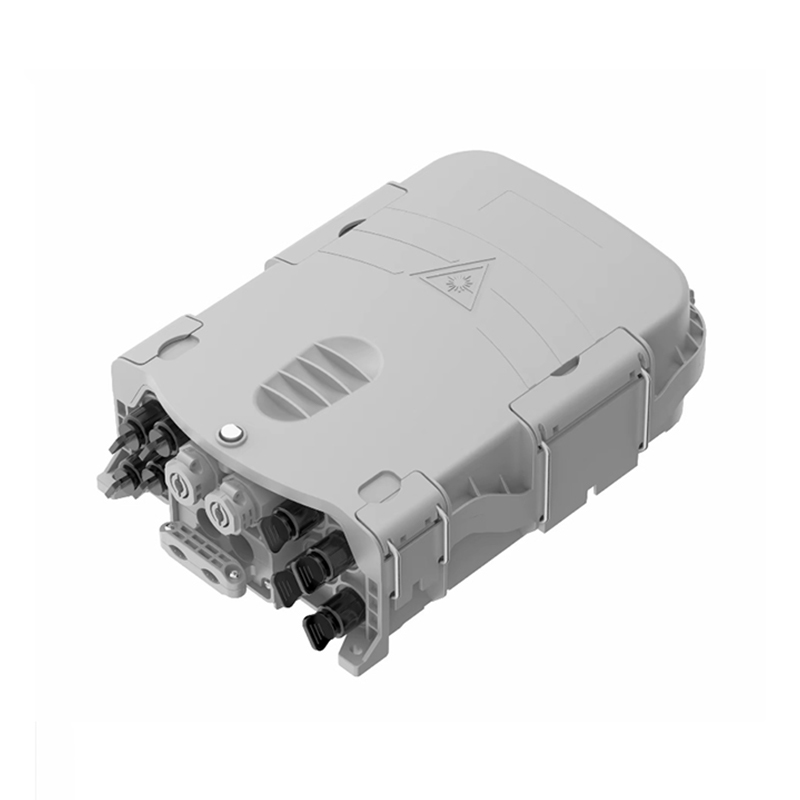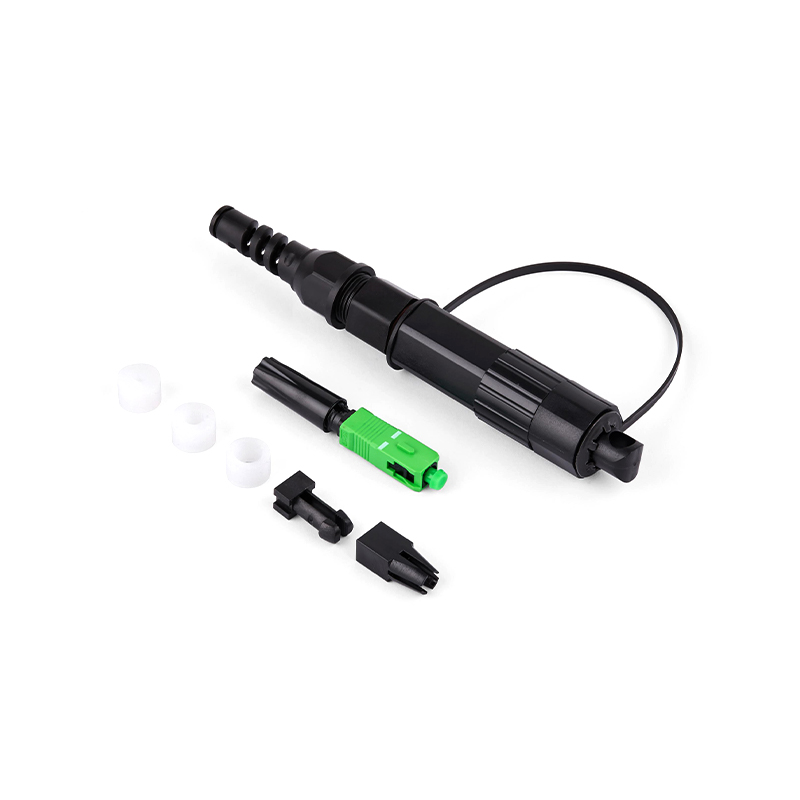What is a Fiber Optic PLC Splitter?
2025-08-08
A Fiber Optic PLC Splitter is an integrated waveguide optical power distribution device based on a quartz substrate. It uses planar optical waveguide technology to couple, branch, and distribute optical signals. It is primarily used in passive optical networks (such as EPON, GPON, and BPON). It is a passive optical device that evenly splits an input optical signal into multiple output signals, or combines multiple signals into one. It is a key component in networks such as fiber-to-the-home (FTTH) and 5G infrastructure.
Manufactured using semiconductor technology, the Fiber Optic PLC Splitter's core is a PLC chip. An optical waveguide array is formed on the quartz substrate through processes such as photolithography and etching to achieve optical signal splitting. It offers high stability, reliability, and excellent temperature adaptability, making it widely used in PON networks and FTTH deployments.
Fiber Optic PLC Splitters are available in a variety of packaging options, including bare fiber, ABS cassette, rack-mount, and LGX cassette, to meet the needs of different application scenarios. Performance metrics, including insertion loss, isolation, and wavelength range, comply with international standards.
How to Choose a Fiber Optic PLC Splitter?
When selecting a fiber optic PLC splitter, you need to consider factors such as type, splitting ratio, packaging, application scenario, and performance specifications. The following is a detailed explanation:
1. Splitting Ratio
The splitting ratio determines how the input optical signal is distributed to multiple output ports. Common splitting ratios include 1:8, 1:16, 1:32, 1:64, 2:8, and 2:16. When selecting an appropriate splitting ratio, consider network requirements and the number of users.
2. Packaging
The packaging determines the installation method and application scenario of the splitter. Common packaging types include:
Bare Fiber: Suitable for FTTH projects, easy to install and maintain.
ABS Box: Enclosed in a plastic box, suitable for cabinet or rack installation.
Rack Mount: Suitable for data centers or high-density cabling environments.
LGX Box: Similar to an MPO/MTP cassette, easy to install and maintain. Mini Plug-in: Suitable for installation within FTTH boxes.
3. Performance Specifications
Insertion Loss: This affects signal transmission quality, so a low-loss splitter is recommended.
Temperature Stability: PLC splitters operate over a wider temperature range, providing more stable performance.
Wavelength Range: PLC splitters support a wider wavelength range (1260nm-1650nm), making them suitable for a variety of applications.
4. Application Scenarios
FTTH (Fiber to the Home): Suitable for home and business access.
Data Center: Suitable for high-density cabling environments.
FTTx (Fiber to the x): Suitable for a variety of access methods.
5. Cost and Maintenance
Cost: PLC splitters are more expensive, but offer superior performance.
Maintenance: Choose splitters that are easy to install and maintain to reduce maintenance costs.
When selecting a fiber optic PLC splitter, you need to consider factors such as splitting ratio, packaging form, performance indicators, application scenarios, manufacturer, and cost to meet specific network requirements and application environments.











